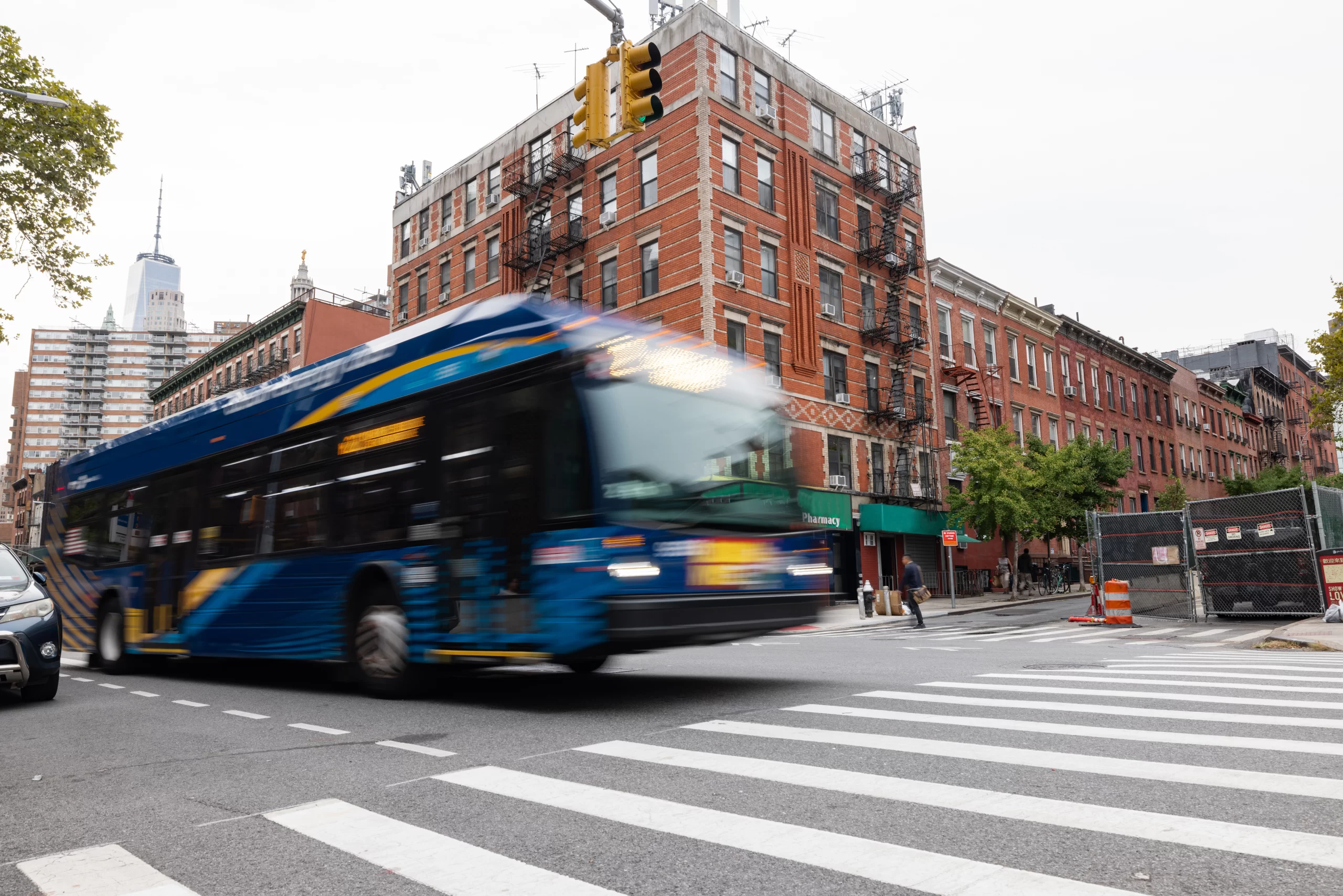The Monday morning commute in Flushing turned into chaos when two MTA buses slammed into each other on Sanford Avenue, injuring nineteen people and sending fourteen of them to the hospital. Witnesses described a terrifying scene: glass shattering, passengers screaming, the smell of smoke and rubber in the air. According to reports from CBS, ABC7, and NY1, one Q27 bus rear-ended another near Bowne Street, shoving it nearly a full bus length forward during the busy morning rush. Within minutes, emergency crews surrounded the wreck, tending to dazed commuters and carrying victims away on stretchers. The story spread fast, but as the cameras moved on, a much bigger problem remained — one that affects not just this crash, but every single MTA accident across New York City.
When a bus crash happens, most victims assume the MTA will take care of them. They expect a claim form, a phone call, some kind of acknowledgment. But what they don’t know — what almost no one tells them — is that the MTA operates under its own legal shield. Victims have just ninety days to file a formal Notice of Claim. Miss that deadline, and it doesn’t matter how severe your injuries are or how clear the fault may seem — your case is gone before it ever begins. That’s the harsh reality of suing a public agency in New York.
At The Platta Law Firm, we’ve represented countless clients who learned this rule too late. People who were seriously hurt on buses, at depots, or even while crossing the street — and who trusted that the system would do the right thing. By the time they realized no one was calling them back, the evidence was gone, and the city’s lawyers were already preparing their defense. That’s why the first step after any MTA bus crash isn’t waiting — it’s calling an attorney who knows exactly how to fight them.
This Queens collision is just the latest in a series of serious MTA incidents that highlight deep safety issues within the system. From brake failures to distracted operators and buses mounting curbs, accidents happen far more often than the headlines suggest. The people riding those buses — or walking near them — pay the price. And every time, the process starts the same way: investigators appear, statements are taken, and the MTA promises a review. Meanwhile, the injured are left to figure out how to pay hospital bills, miss work, and live with pain that doesn’t always heal.
Our firm has seen what happens when victims move quickly — and when they don’t. The difference can mean thousands, sometimes millions, of dollars in compensation. It can mean holding the MTA accountable for failing to maintain its fleet or overworking drivers. It can also mean making the city safer for everyone else.

But that only happens if victims act fast, before crucial evidence disappears — surveillance footage, bus video, driver logs, GPS data, maintenance records.
These details vanish in weeks, sometimes days. Without them, even the strongest case can collapse. The Platta Law Firm has become one of New York’s leading advocates for victims of MTA bus and transit accidents.
Our team knows the procedures, the pressure tactics, and the legal traps the agency uses to protect itself. We understand how to preserve video footage before it’s erased and how to build the kind of cases that compel settlements — or win at trial. Every case begins with listening: understanding what happened, what’s been lost, and how to make things right.
Whether it’s this morning’s bus crash in Queens or another accident anywhere in New York City, the same message applies — the law gives you a narrow window, and the MTA isn’t on your side. Don’t wait for an investigator to call. Don’t sign anything from an insurance adjuster. Don’t assume a bruise means you’re fine. You have rights, but you must act to protect them.
If you’ve been injured in an accident, don’t wait. Call us 24/7 or contact us through our website or live chat to speak directly with an experienced attorney at The Platta Law Firm. We fight for injury victims across New York and will help you get the justice and compensation you deserve.


